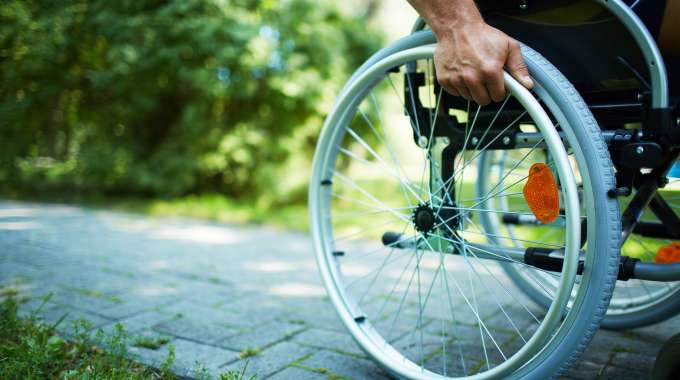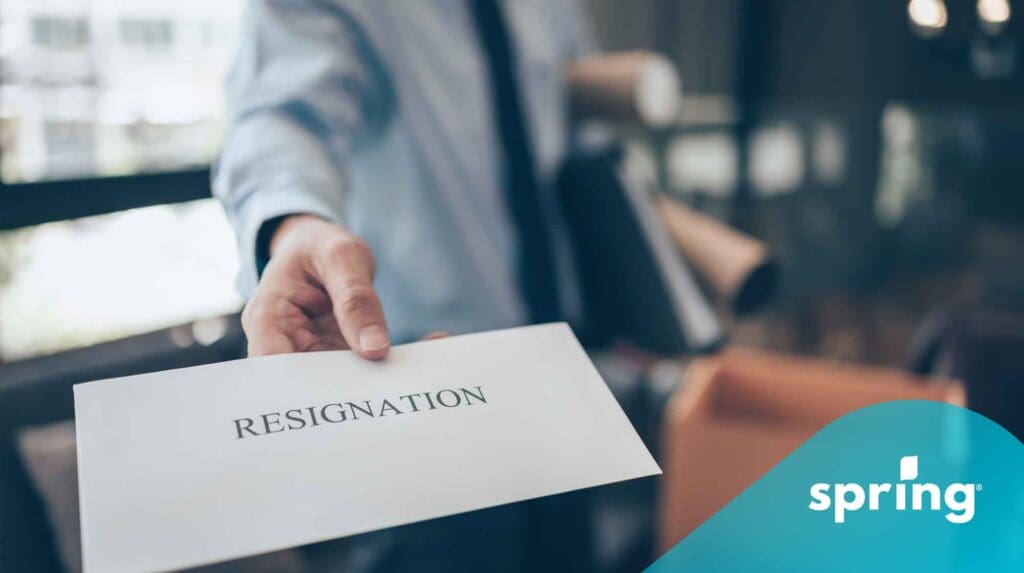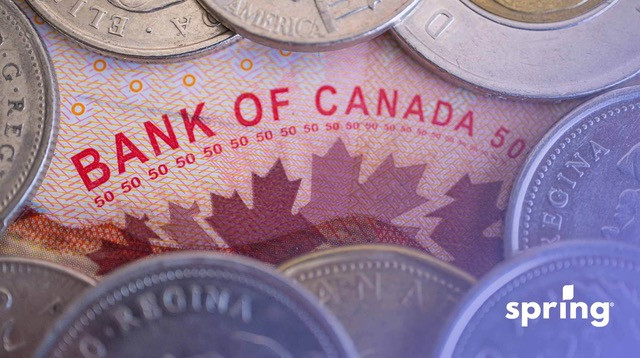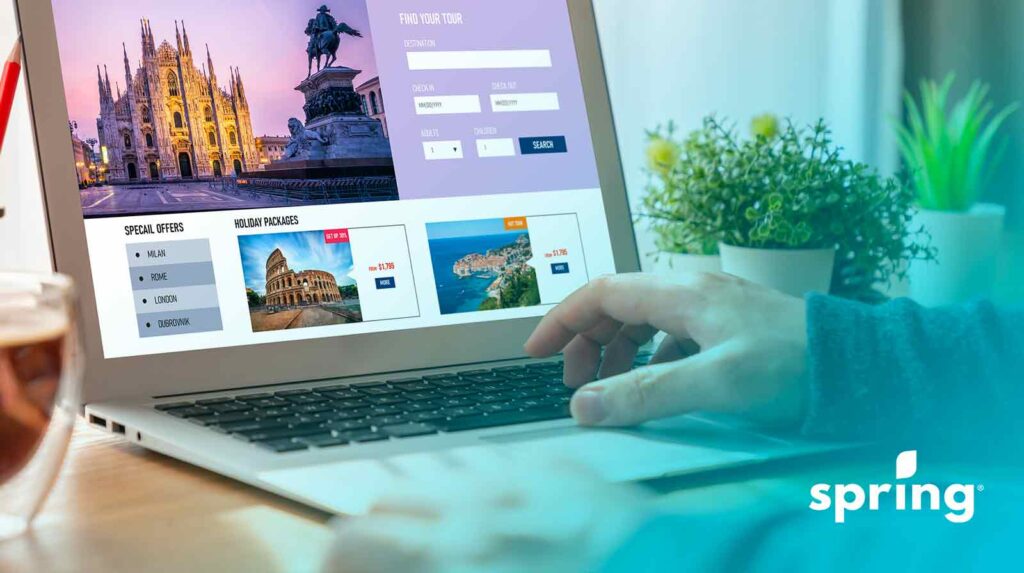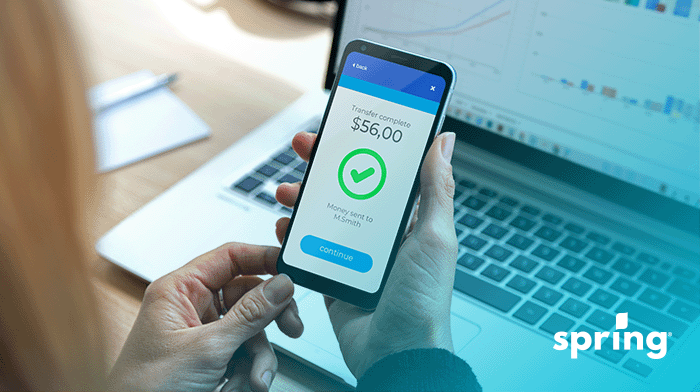That said, once you start using the funds when you reach retirement age, whether it’s through a Registered Retirement Income Fund or a Life Income Fund, you need to start paying the tax to the Canada Revenue Agency on that money. You’ll also need to pay tax on those funds if you withdraw the money before you reach retirement age unless you qualify under the Home Buyers Plan or Lifelong Learning Plan.
When you have to pay tax on amounts you withdraw from an RRSP, that’s called a Federal Withholding Tax and is established in the Income Tax Act. This tax is based on how much money you’re withdrawing from your account and where you’re located. Let’s take a look at the withholding taxes in Canada.
How RRSPs Work
As we mentioned, RRSPs are retirement accounts that you can add money to. You can add the money yourself, or your spouse or common-law partner can. You can also create a spousal RRSP for your partner.
Since the amounts you invest are tax-deferrable, not tax-free, you can claim what you add every year to your income taxes and receive a tax credit for your pre-tax income with the Canada Revenue Agency (CRA). You’ll receive a tax slip in the mail in order to claim these amounts for tax purposes for the tax year.
While you do pay tax on the same amount of money when you retire, it will likely be at a lower tax rate because you will fall into a different tax bracket since your gross income will likely be smaller. Investing money into your RRSP during your working years saves you money on your higher tax bracket and allows you to save for your future.
Because RRSPs are an investment, you can choose how you want to invest. One of the most popular options for RRSPs is mutual funds. Whichever way you choose to invest in your RRSP contributions, there is a limit on what you can invest yearly. That said, any unused contribution room can be put towards the next year. Most people choose to invest steady contributions every pay period throughout the year.
Can Anyone Open an RRSP?
While most Canadians can open an RRSP, there are a few stipulations that you need to meet to qualify.
- You must be a Canadian resident.
- You must earn money and have filed a Canadian income tax return.
- You must be open and have contributed before December 31 of the year you turn 71.
While you can choose from many different forms of investments, RRSPs are popular for Canadian residents to save money for retirement.
Withdrawing From Your RRSP
While RRSPs are meant to be held until you reach retirement age, you can actually withdraw any amount out of your account at any time. That said, while it’s your money, you will have to pay a penalty, also known as a withholding tax but how much tax you pay is based on how much you withdraw. The reason for this is that you don’t pay income taxes on amounts that are deposited into your RRSP. Once the funds are withdrawn, then you need to pay those taxes.
While you would also pay these taxes once you start withdrawing your RRSP from an RRIF, it would be deducted from your monthly payments as if it’s your annual income. This is done so you don’t end up paying taxes on the money twice.
How Long It Takes to Cash Out an RRSP
How long it takes your RRSP withdrawal to reach your bank account, all depends on your financial institution. That said, the majority of deposits will be seen in your account in just a few business days; it can actually take up to 6 weeks before the transaction is fully processed.
How to Withdraw From an RRSP
How you go about withdrawing from your RRSP really just depends on the reason for your withdrawal. The most common withdrawals are for the Home Buyers Plan, Lifelong Learning Plan, or just to gain some extra funds. When you start withdrawing at retirement, the RRSP will actually be converted to an RRIF (Registered Retirement Income Fund).
Home Buyers Plan
When you withdraw funds from your RRSP using the HBP, you’re using the funds to purchase a qualifying home for you or a relative with disabilities. You’re able to withdraw up to $35,000 to avoid withholding taxes, and you have 15 years to pay the funds back to your RRSP. When it comes time for you to pay them back, you will be given a minimum payment amount that you’ll be required to claim yearly.
In order to withdraw money from your RRSP under these conditions, you do need to fill out a T1036 Home Buyers Plan Request to Withdraw form. Once it’s filled out, you’ll bring it to the issuer of the RRSP, and the request will be processed, and the funds will be deposited into your accounts.
Lifelong Learning Plan
With the LLP, you’re able to withdraw up to $10,000 per year, up to a total of $20,000, without paying any withholding tax. You’ll only qualify for this as long as you’re going to a qualified school and using the funds for your tuition. If you want to use the money for this reason, then you need to fill out a Form RC96. This is the Lifelong Learning Plan Request to Withdraw Funds from an RRSP form. Just like with the HBP form, you’ll fill out the first part and then bring the form to your RRSP issuer. They’ll process the request from there.
Standard Withdrawal
If you’re looking to withdraw from your RRSP for any reason other than the ones above or convert the RRSP into an RRIF, you’ll need to contact your RRSP issuer. You’ll either have to set a meeting, or you’ll be sent paperwork to sign to finish the request. Once the request has been processed, you’ll receive the funds in your account, and any withholding taxes will be withdrawn in one lump sum. You can then claim these tax implications on your annual tax return. Once the request has been processed, you’ll receive the funds in your account.
Different Withholding Taxes in Canada
In Canada, withholding tax is pretty universal, but how much you pay depends on how much you withdraw. The only province that charges different withholding rates is Quebec. The rates in Quebec are as follows:
- 5% on amounts up to $5,000
- 10% on amounts over $5,000
- 15% on amounts over $15,000
The withholding tax rates for the rest of Canada are:
- 10% on amounts up to $5,000
- 20% on amounts over $5,000
- 30% on amounts over $15,000
It is important to keep these withholding amounts in mind when you’re requesting amounts from your RRSP since even a small withdrawal will require withholding tax. The tax payable from each transaction will be taken off and given to the government before your money is deposited into your account instead of being added to your tax bill. For example, if you’ve requested $4,700, and the withholding tax amount is 10%, $470 will automatically be given to the government, and $4,230 will be deposited to your account. The only way more will be withheld is if your financial institution charges any fees or annuities.
How to Avoid Paying a Withholding Tax
If you’re looking to make early RRSP withdrawals and avoid paying the withholding tax, the only way is to withdraw for tuition or the purpose of your first home. Other than that, the best way to avoid tax consequences on early withdrawals would be to leave the funds in your account and avoid withdrawing them until you reach retirement age. That is unless you’re a Non-Resident.
Non Residents and Withholding Tax
When it comes to Non-Residents of Canada, you’re actually charged a higher withholding tax rate of 25% when you cash out your RRSP early. However, you can apply to have that percentage reduced to the minimum amount of 15%. While it doesn’t completely eliminate the withholding tax, it will save you more tax in the long run. Even though you’re a non-resident, thanks to the tax treaty, you don’t have to pay taxes in the country you’re from, only Canadian taxes. This tax treaty helps to avoid any cross-border tax issues.
Withdrawing From Your RRSP at Different Ages
When it comes to using your RRSP for retirement, there are some stipulations that you must meet before you start withdrawing funds. One of these is age. Not only is there a certain age at which you can start receiving RRSP funds, but there’s also an age at which you have to start claiming your RRSP. Let’s look at what withdrawing your RRSP looks like according to different retirement ages.
Age 55
If you want to take out your RRSP at the age of 55, you’re actually able to convert it into an RRIF and have no tax penalties. However, once you decide to do this, you must continue to take it out. Once you start receiving this money, it is considered to be taxable income along with any other income you receive, so you will need to pay tax on it based on your current total taxable income.
Age 65
Since 65 is the age most people retire, you’re able to take out your RRSP without any tax penalty. No matter what age you take it out, though, you have to continue receiving payments until the account is depleted.
Age 71
By December 31 in the calendar year you turn 71, you must either take your RRSP as an annuity payout or choose to receive payments from an RRIF. You will not have to pay a withholding tax though, just standard taxes based on your total taxable income.
RESPs And Withholding Fees
RESPs, also known as Registered Education Savings Plans, are registered accounts that help people save for their child’s education. You can also open one for yourself. Just like tax-free savings accounts, these accounts can earn money tax-free. However, there is tax payable when the funds are withdrawn from the account.
When the person going to school, whether its part-time or full-time education, starts withdrawing funds from the tax-deferred account, they do have to pay tax on the funds withdrawn at their marginal tax rate as well as their provincial income tax rate. A T4 will then be sent around tax time so the funds can be claimed on your taxes since then they will be considered taxable income.
If you or your child isn’t going to be attending post-secondary education, the funds are still accessible. While there won’t be RRSPS withholding tax rates as you would pay with a traditional RRSP, there is a 20% penalty with RESPs. However, there’s also a way around this penalty. You can avoid it by transitioning the funds into an RRSP.
Final Thoughts
RRSPs are a great way to invest your money for retirement, but they aren’t a good idea for short-term investments. Withholding tax in Canada can be quite costly, so using a TFSA or High-Interest Savings Account makes more sense if you’re looking for a short-term investment and intend on making withdrawals.
In terms of saving for your retirement goals for your future self, they’re a great idea for those who won’t receive employment pensions or just periodic pension payments. They can help supplement your retirement income, allowing you to enjoy your retirement years and stress less about money.



